How to Choose the Best Healthcare Payment Solution for Your Practice
Managing payments efficiently is essential for maintaining the financial health of any medical practice. Whether you are a solo practitioner or part of a larger healthcare facility, choosing the right healthcare payment solution can greatly impact your practice’s success. A well-designed payment system can improve patient satisfaction, streamline billing processes, enhance cash flow, and reduce administrative workload.
This comprehensive guide will walk you through everything you need to know about selecting the best healthcare payment solution for your practice. From key features to consider to understanding the advantages of a robust payment system, we’ll cover it all to help you make the right decision.
The Importance of Efficient Healthcare Payment Solutions
A healthcare payment solution is an essential tool for managing your practice’s financial operations. It helps facilitate the collection of payments, streamline invoicing, and manage insurance claims. Additionally, such a system plays a significant role in maintaining compliance with industry standards and regulations, such as HIPAA and PCI-DSS, which safeguard patient and payment data.
Moreover, an efficient payment solution supports smoother interactions with patients. It can offer a range of payment methods (such as credit card payments, bank transfers, and mobile payments), making it easier for patients to pay their bills, thereby reducing the number of overdue payments and improving your practice’s cash flow.
Key Features to Look for in a Healthcare Payment Solution
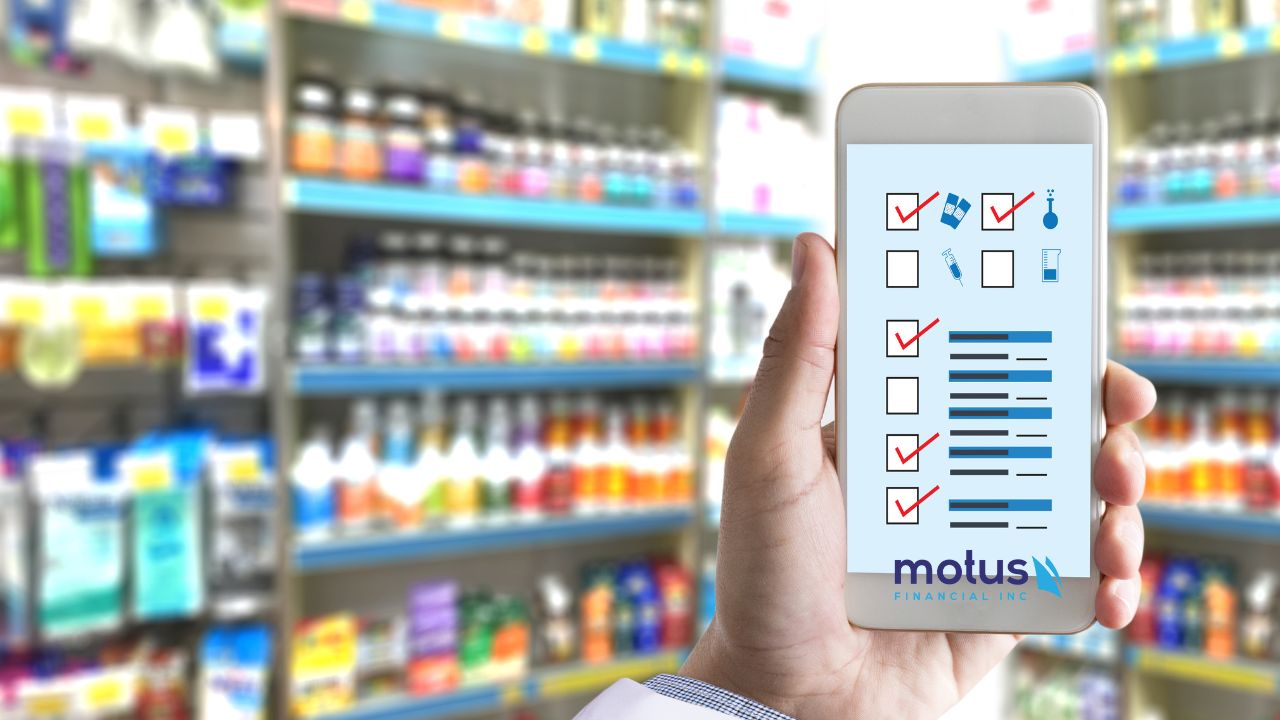
When evaluating various healthcare payment solutions, it’s essential to consider a wide range of factors. Not all payment systems are created equal, and choosing the right one requires you to assess the features that best align with your practice’s needs.
1. Security and Compliance
Security is of utmost importance when handling patient data and payments. A healthcare payment solution should be compliant with regulations such as HIPAA (Health Insurance Portability and Accountability Act) and PCI-DSS (Payment Card Industry Data Security Standard). These certifications ensure that the system meets the highest standards for data protection.
Patients trust healthcare providers with sensitive personal information, and it’s your responsibility to ensure that their financial and medical data is secure. Any payment solution you choose should use encryption technologies, tokenization, and two-factor authentication to minimize the risk of data breaches.
2. Integration with Existing Systems
A healthcare payment solution should integrate seamlessly with your practice management software, Electronic Health Records (EHR), and other systems you may already be using. Integration reduces the need for duplicate data entry and helps to maintain accurate financial records, which in turn saves time and reduces errors.
Many modern payment systems offer APIs (Application Programming Interfaces) or plug-ins designed to integrate with other software used in medical offices, enabling a smooth workflow. Whether it’s updating patient information, sending invoices, or processing insurance claims, integration ensures that everything works together efficiently.
3. Patient Payment Options
Offering flexible payment options to patients enhances their overall experience and increases the likelihood of timely payments. The best healthcare payment solution allow patients to pay through multiple channels, including:
- Credit/Debit Cards: The most commonly used form of payment in healthcare settings.
- Mobile Payments: Platforms like Apple Pay or Google Wallet offer secure and fast ways for patients to pay.
- Online Bill Pay: Providing an online portal allows patients to view and pay their bills from anywhere, improving convenience and reducing delays in payment.
- Payment Plans or Financing: Some patients may need assistance in paying large bills, and offering financing options or payment plans can make it easier for them to manage their expenses while still paying off their balance.
Having a variety of payment methods increases the chances that your patients will find an option that suits their preferences, leading to faster payments and fewer payment-related issues.
4. User-Friendly Interface
A system with an intuitive, user-friendly interface will save time and effort for both your staff and patients. If your team is spending too much time trying to understand how the system works or dealing with cumbersome processes, the software is not serving its intended purpose.
Look for a healthcare payment solution that is easy to navigate. Patients should be able to quickly find their balance, make payments, and access billing information without confusion. Likewise, your staff should be able to manage payments, issue receipts, and run reports effortlessly.
5. Automated Billing and Payment Reminders
One of the biggest challenges in healthcare billing is following up on overdue payments. An effective healthcare payment solution should include automated billing features that send reminders to patients about upcoming or overdue payments. These reminders can be sent via email, SMS, or even app notifications.
Additionally, automated statements and invoices can be generated and sent to patients without requiring manual intervention. This minimizes administrative effort and ensures your practice stays organized.
Read also: – The Ultimate 2025 Guide to Healthcare Payment Solutions
The Benefits of Implementing a Comprehensive Payment Solution
Implementing a reliable healthcare payment solution offers numerous advantages for both the business and patients. Here are some key benefits:
- Enhanced Cash Flow: Timely payments and fewer delays mean your practice can maintain better cash flow, which is essential for covering operational expenses and sustaining growth.
- Reduced Administrative Costs: Automating billing and payments reduces the need for additional administrative staff, saving you money and reducing errors.
- Higher Patient Satisfaction: Patients appreciate the convenience and flexibility that a comprehensive payment solution offers. The ability to pay via multiple methods, receive reminders, and access billing information online makes the process easier for them.
- Improved Compliance: With the right solution, you’ll have built-in safeguards to ensure that your practice remains compliant with HIPAA, PCI-DSS, and other healthcare-related regulations.
- Detailed Reporting: Advanced reporting capabilities provide insights into revenue trends, payment cycles, outstanding balances, and other financial data, helping you manage your practice’s finances more effectively.
Mobile Payment Solutions: A Growing Trend in Healthcare
As more people rely on smartphones for their everyday tasks, the demand for mobile payment solutions in healthcare continues to grow. Integrating mobile payment methods into your practice can greatly enhance the patient experience and improve your payment collection process.
Benefits of Mobile Payments in Healthcare:
- Convenience: Patients can pay their bills on the go, whether they are at home, in the office, or even traveling. This eliminates the need to wait for a bill to be sent by mail or for an in-person payment.
- Speed: Mobile payments are typically processed faster than traditional methods, leading to quicker payment cycles and improved cash flow.
- Security: Many mobile payment platforms use secure encryption methods to protect transactions, offering peace of mind to both patients and providers.
- Accessibility: Mobile payment systems allow patients with different preferences or accessibility needs to easily manage and pay their bills.
How to Select the Best Healthcare Payment Solution
Choosing the right healthcare payment solution involves evaluating a variety of factors that will affect the overall efficiency of your practice. Here are some steps to help guide your decision-making process:
1. Assess Your Practice’s Needs
Different practices have different requirements. Consider the size of your practice, the number of patients you serve, and the services you offer. If you’re part of a large healthcare facility, you may need a more robust solution with advanced features, while a smaller practice may only need a straightforward, budget-friendly option.
2. Analyze the Costs
Evaluate the costs associated with each payment solution. Some providers offer pay-per-transaction models, while others charge a flat monthly fee. Determine which pricing structure works best for your practice’s financial goals.
3. Consider Customer Support
Support is critical when issues arise. Make sure the payment solution provider offers strong customer support, whether through live chat, email, or phone. Look for a provider with a reputation for excellent services and responsiveness.
4. Check Reviews and References
Before making a final decision, read reviews and ask other healthcare providers about their experiences with the solution. This can give you valuable insights into the pros and cons of each system.
5. Test the Solution
Many healthcare payment solutions offer demo versions or free trials. Take advantage of these to test the software in a real-world environment. Ensure that it integrates seamlessly with your existing systems and that your staff can use it efficiently.
Read also:- How to Choose the Right Healthcare Payment Solution for Your Practice
A Quick Comparison of Healthcare Payment Solutions
Below is a simplified comparison table of three healthcare payment solutions to give you a better idea of what to look for:
| Feature | Solution A | Solution B | Solution C |
|---|---|---|---|
| Mobile Payment Options | Yes | No | Yes |
| HIPAA Compliant | Yes | Yes | Yes |
| Integrated with EHR Systems | Yes | Yes | No |
| Automated Payment Reminders | Yes | Yes | No |
| 24/7 Customer Support | Yes | No | Yes |
Google My Business: Boost Your Practice’s Visibility
Optimizing your Google My Business profile can enhance your online presence and help patients find your practice easily. A fully updated Google profile improves local search visibility and makes it easier for potential patients to learn about your services, including payment options.
By integrating relevant keywords, such as healthcare payment solution, in your Google My Business description, you can improve your practice’s ranking in local searches. Encouraging patients to leave reviews can further enhance your reputation, attracting more patients to your practice.
Contact Us for Tailored Payment Solutions
At Motus Financial, we specialize in providing tailored healthcare payment solutions to practices of all sizes. Our team is here to help you select the best system that aligns with your needs, ensuring smoother financial operations and improved patient experiences. Reach out to us today to get started on optimizing your payment processes.
Conclusion
Selecting the best healthcare payment solution for your practice is a critical decision that can have a lasting impact on your operations. Considering features such as security, ease of integration, payment flexibility, and cost, you can find a solution that not only improves your financial management but also enhances patient satisfaction. At Motus Financial, we’re committed to helping healthcare providers make the best choices for their financial needs. Contact us today to learn how we can help you streamline your practice’s payment processes





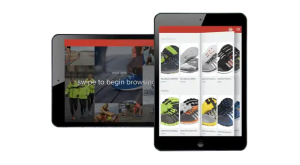
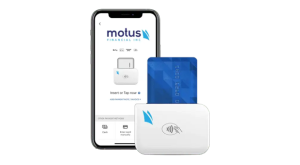
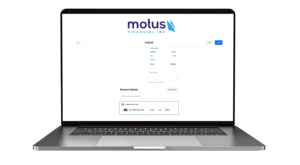
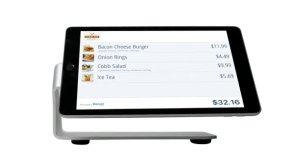 Our POS systems are designed to streamline in-store transactions. With features like inventory management, sales reporting, and customer tracking, our POS solutions help you run your business more efficiently. Our terminals are compatible with various payment methods, including chip cards, contactless payments, and mobile wallets.
Our POS systems are designed to streamline in-store transactions. With features like inventory management, sales reporting, and customer tracking, our POS solutions help you run your business more efficiently. Our terminals are compatible with various payment methods, including chip cards, contactless payments, and mobile wallets.
